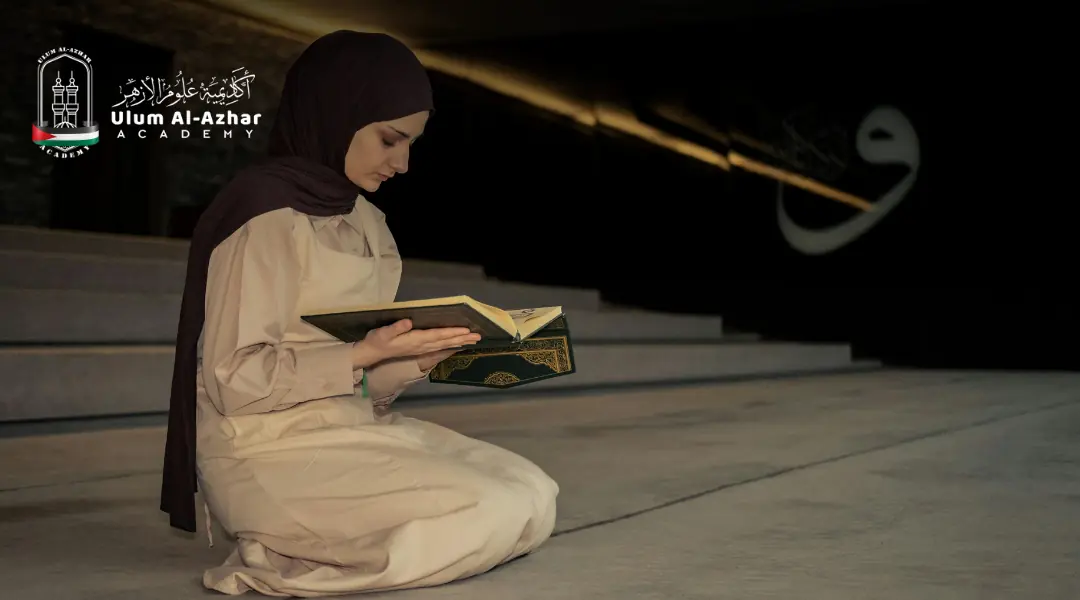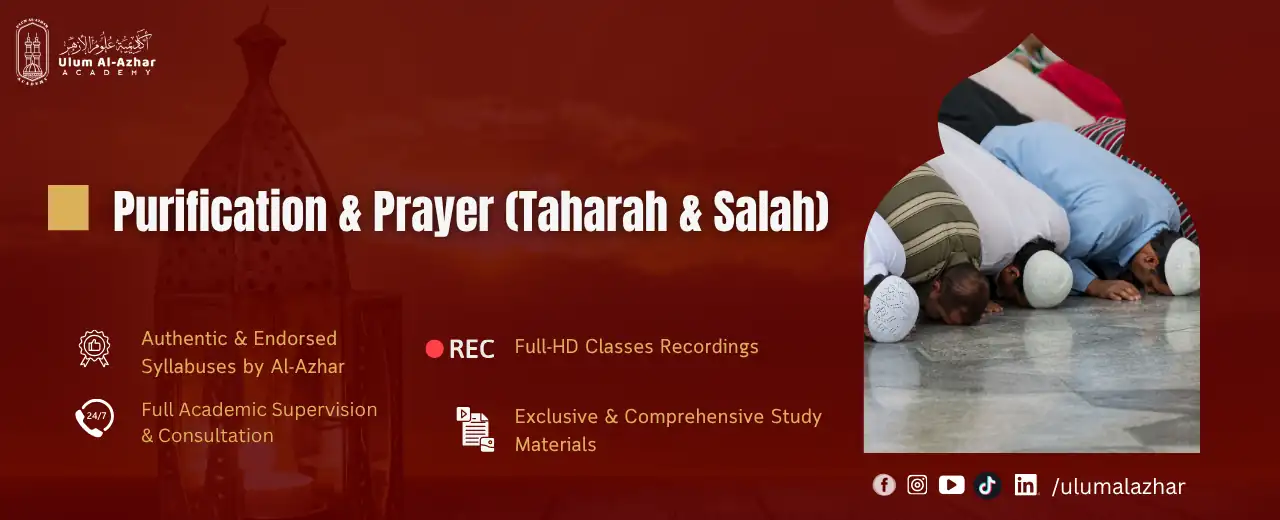
How to Perform Isha Rakat Correctly: Step-by-Step Guide
As the day concludes and the world settles into night, the final opportunity for direct communion with the Divine arrives. The performance of the Isha Rakat is not merely a ritual duty but a profoundly personal moment of peace, reflection, and spiritual rest. This concluding prayer, Salat al-Isha, serves as a vital anchor, helping Muslims reset their focus and strengthen their bond with Allah before sleep.
If you seek to maximize the reward and tranquility of this essential devotion, understanding how to perform the Isha Rakat correctly is paramount. This guide will take you through the precise steps to ensure your final prayer of the day is accepted and complete.

Table of Contents
How Many isha rakat Are There and How to Perform Them Properly
The isha rakat consists of four main fard (obligatory) rakat, followed by additional sunnah and optional prayers (Qiam Al-lyl). Here is the complete breakdown of the isha rakat:
- Make the Intention (Niyyah): Stand facing the Qiblah and silently make the intention in your heart.
- Takbir al-Ihram: Raise both hand and say “Allahu Akbar” to begin the prayer.
- Recite Surah Al-Fatihah
- Recite Another short Surah: After Al-Fatihah, recite another surah or few verses from the Qur’an.
- Perform Ruku‘ (Bowing): Say “Allahu Akbar”, bow down with your back straight, placing your palms with your fingers spread out on your knees and recite “Subhana Rabbiyal Azim” three times.
- Stand Up from Ruku‘: Rise while saying “Sami‘a Allahu liman hamidah”, then say “Rabbana wa laka al-hamd.”
- Perform Sujud (Prostration): Go down into prostration saying “Allahu Akbar” and recite “Subhana Rabbiyal A‘la” three times.
- Sit Between Two Sujud: Sit while saying “Allahu Akbar”, and then recite “Rabbighfir li, Rabbighfir li.”
- Perform the Second Sujud: Repeat the same as the first sujud.
- Stand up for the second rakah while saying “Allahu Akbar.” Perform the second rakah exactly as you did the first one, except that after the second prostration in this rakah, you recite the first half of the Tashahhud.
- Stand up for the third rakah while saying “Allahu Akbar.” The third rakah is like the first rakah but without a short surah — you recite only Surah Al-Fatihah.
- After the prostration of the third rakah, stand up for the fourth rakah while saying “Allahu Akbar.” The fourth rakah is the same as the third one — without a short surah — but after the prostration, you sit and recite the complete Tashahhud (At-Tahiyyat including the Salat Ibrahimiyyah) and any supplication before closing the prayer by turning your head right and left, saying “Assalamu Alaikum wa Rahmatullah.”
Curate your Islamic learning journey: schedule a free consultation with Al-Azhar-certified Sheikhs from Egypt.
The Right Way to Pray isha rakat According to Sunnah
The Messenger of Allah (peace and blessings be upon him) said to us:
“Pray as you have seen me pray.” —Agreed uponقَالَ رَسُولُ اللَّهِ صَلَّى اللَّهُ عَلَيْهِ وَسَلَّمَ: “صَلُّوا كَمَا رَأَيْتُمُونِي أُصَلِّي” – متفق عليه.
Performing isha rakat according to the Sunnah is as following:
Recite slowly and clearly: Avoid rushing through Al-Fatihah and other surahs. The Prophet ﷺ used to recite with calmness and reflection.
Maintain serenity: Every movement—from bowing to prostration—should be done with full composure.
Delaying the prayer of Isha (only) is Sunnah: It is recommended to delay the Isha prayer until the first third or the middle of the night, as long as it is not difficult for you, you are not overcome by sleep, and you are certain that you will find a congregation praying at that time—since praying in congregation is obligatory for men.
As mentioned in the hadith:
“If it were not for the hardship on my Ummah, I would have ordered them to delay the ‘Isha prayer to the first third or the middle of the night.” — Narrated by Al-Tirmidhi, who said: Hasan Sahih (good and authentic).
Pray Witr before sleeping or after Isha rakat directly, The Prophet ﷺ said, “Make Witr your last prayer at night.” the witr prayer is as following:
– The Shaf‘ and Witr prayer consists of three rakat: two rakat like a nafl prayer with Tashahhud, and a third rakah prayed separately with its own Tashahhud.
– In the first of the two rakat, recite Al-Fatihah followed by Surah Al-A‘la; in the second rakah, recite Al-Fatihah followed by Surah Al-Kafirun, then conclude with salam. These two rakat are called Shaf‘.
– The Witr prayer is one rakah in which you recite Al-Fatihah and Surah Al-Ikhlas.
– If the worshipper wishes to pray these three rakat consecutively, they may do so; however, they should not sit for the middle Tashahhud so that it does not resemble the Maghrib prayer. Instead, they sit once at the end for the final Tashahhud.
Spiritual Benefits of Performing isha rakat Regularly
The isha rakat has deep spiritual value that goes beyond its physical performance. Here are some key benefits of praying isha rakat regularly:
Maintaining Fajr and Isha as Protection from Hypocrisy:
Narrated Anas ibn Malik: The Messenger of Allah ﷺ said:
“Whoever prays the Fajr and the last Isha prayer in congregation for forty consecutive nights without missing a rakah, two things will be recorded for him: protection from the Fire and protection from hypocrisy.”
Here, Al-Ghadah refers to the Fajr prayer.
Two Prayers Equivalent to the Entire Night Prayer:
It is also established in the virtue of these two prayers that whoever prays them in congregation is like someone who performed the entire night prayer.
In Sahih Muslim, it is narrated from Uthman ibn Affan (may Allah be pleased with him) that the Messenger of Allah ﷺ said:
“Whoever prays Isha in congregation, it is as if he prayed half the night, and whoever prays Fajr in congregation, it is as if he prayed the whole night.”
Common Questions Muslims Ask About isha rakat
1. Can I pray isha rakat late at night?
Yes, Isha time extends until midnight.
2. What if I miss the isha rakat?
If you forget or miss Isha, perform the isha rakat as soon as you remember.
3. Can I pray Witr right after Isha?
Yes, you can pray Witr immediately after finishing the isha rakat, or delay it to the last part of the night if you plan to wake up for Tahajjud.
4. Is Witr part of isha rakat or separate?
Witr is prayed after Isha but is considered a separate emphasized Sunnah (not obligatory).
5. Can women perform isha rakat at home?
Yes. Women can perform isha rakat at home, and their reward is equal to that of men who pray in the mosque.
6. What intention should I make for isha rakat?
Simply intend in your heart to pray four rakat of Fard al-Isha for Allah’s sake. No verbal statement is required.
Learn Shariah through the method of Talaqqi Kitab Turath (Traditional Study) and get certificates endorsed by scholars from AL Azhar (Ijazah Sanad).
Learning isha rakat for Beginners with Ulum Al-Azhar Academy
For beginners who want to perfect their isha rakat, guidance from qualified teachers is invaluable. Ulum Al-Azhar Academy offers structured online classes that teach prayer and taharah with correct pronunciation, posture, and understanding of meaning.

Conclusion
While performing isha rakat, every bow, every prostration, and every word recited brings a believer closer to Allah. By understanding how to perform the isha rakat properly, following the Sunnah, and maintaining consistency, one can transform this nightly prayer into a source of deep spiritual nourishment.
May Allah accept your prayers, forgive your sins, and fill your nights with peace through the beauty of isha rakat.
Seize the opportunity for personalized Islamic learning with a free consultation from Egyptian Al-Azhar Sheikhs
FAQs
What is the number of isha rakat I must perform?
Four fard rakat are obligatory.
Is it necessary to pray Sunnah after isha rakat?
It’s not obligatory, but highly recommended for greater reward.
Can I combine Maghrib and isha rakat while traveling?
Yes, it is allowed for travelers to combine Maghrib and Isha according to authentic teachings.
What is the reward for praying isha rakat in congregation?
It’s as if you prayed half the night; and if you follow it with Fajr, it equals praying the entire night.


